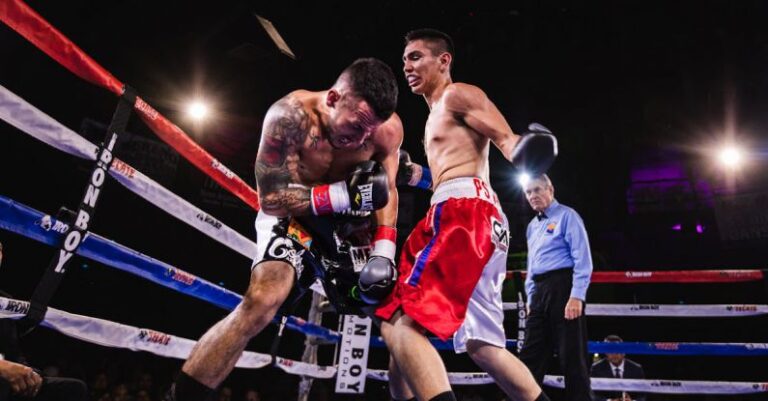
Formula 1, the pinnacle of motorsport, is known for its high-speed races that captivate audiences around the world. Behind the thrilling races and incredible technology lies a strict set of rules and regulations that govern every aspect of the sport. Understanding these rules is crucial for both teams and fans to appreciate the intricacies of Formula 1. Let’s delve into the key regulations that shape the world of Formula 1.
The FIA: The Governing Body
At the heart of Formula 1’s rules and regulations is the Fédération Internationale de l’Automobile (FIA). As the governing body of motorsport worldwide, the FIA is responsible for setting the rules, enforcing them, and ensuring fair competition. From technical regulations to sporting codes, the FIA plays a central role in maintaining the integrity of Formula 1.
Technical Regulations: The Engineering Challenge
One of the most fascinating aspects of Formula 1 is the constant pursuit of technological innovation. However, to prevent teams from gaining an unfair advantage through technology, the FIA has established a comprehensive set of technical regulations. These rules cover every aspect of the car, from the dimensions of the chassis to the specifications of the engine and aerodynamics.
For example, the FIA sets limits on the size and weight of the car, as well as restrictions on the use of certain materials. These regulations are designed to ensure that teams compete on a level playing field and that the focus remains on the skill of the drivers and the ingenuity of the engineers.
Sporting Regulations: The Thrill of Competition
In addition to technical regulations, Formula 1 also has a detailed set of sporting regulations that govern how races are conducted. These rules cover everything from qualifying sessions to race procedures and penalties for rule infractions. Sporting regulations ensure that races are fair, competitive, and exciting for both drivers and fans.
For instance, the format of a race weekend, including practice sessions, qualifying, and the race itself, is all dictated by the sporting regulations. These rules also outline the procedures for overtaking, pit stops, and the use of safety cars. By following these regulations, teams and drivers can compete in a structured and organized manner, maximizing the thrill of each race.
Financial Regulations: Ensuring Sustainability
In recent years, Formula 1 has introduced financial regulations aimed at promoting sustainability and competitiveness within the sport. These regulations, known as the Cost Cap, limit the amount of money that teams can spend on designing, building, and running their cars.
The Cost Cap is designed to level the playing field between big-budget teams and smaller outfits, making Formula 1 more accessible and competitive. By controlling costs, the FIA aims to ensure the long-term viability of the sport and prevent teams from overspending in pursuit of success.
Safety Regulations: Protecting Drivers and Spectators
Safety is paramount in Formula 1, and the sport has stringent regulations in place to protect both drivers and spectators. From the design of the cars to the layout of the circuits, safety is a top priority for the FIA and all teams.
For example, cars are equipped with a range of safety features, including the Halo cockpit protection device and impact-absorbing structures. Circuits must also meet strict safety standards, with barriers, run-off areas, and other safety measures in place to minimize the risk of accidents.
In Conclusion: The Rules That Drive Formula 1
Formula 1 is a sport that thrives on competition, innovation, and excitement. However, none of this would be possible without the rules and regulations that govern every aspect of the sport. From technical specifications to safety standards, Formula 1’s rules ensure fair play, competitive racing, and the safety of all involved.
As fans, understanding these regulations adds a new layer of appreciation for the skill and dedication of the teams and drivers who compete in Formula 1. By adhering to these rules, Formula 1 continues to push the boundaries of motorsport while maintaining the integrity and spirit of fair competition.





